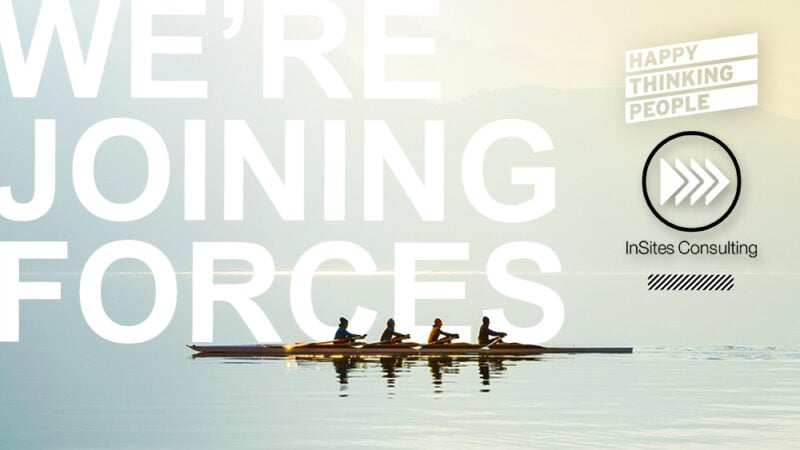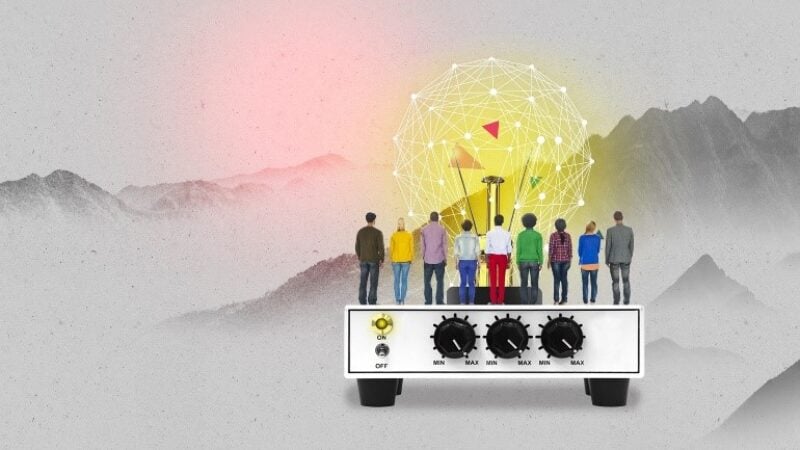Great Leaders Aren’t Superheroes: They Create Them
As published on Switch & Shift on July 26, 2016. Superheroes have appeared on our television screens since the 1950s with Superman, Spiderman, Batman, Wonder Woman, The Incredible Hulk and The Six Million Dollar Man becoming part of our cultural heritage. They protect the world from evil forces and fight for the good of society, using their superhuman powers such as faster-than-lightning speed, heat vision, invulnerability or regenerative healing. In many ways, great leaders are similar to television superheroes: they feel the survival and prosperity of their company depends on them, they are trained to cultivate and leverage their superpowers, and they are made to believe they are unique in their kind.
Great leaders can indeed have a massive impact on their organizations and people. Like true superheroes, they can turn a bigger purpose into reality, they never give up, show courage, have the ability to face fears and apply a strong cultural code of conduct. Some are even so powerful that the mere survival of their companies depends on them. When Steve Jobs left Apple in 1985, the company went into decline and he had to return to save it. Also, Howard Schultz and Michael Dell took up similar rescuing come-back roles years after having left Starbucks and Dell, respectively.
However, the fact that humans so badly want to believe in superheroes all too often turns into a liability in business, with many leaders mistaking fame for infallibility. Here is why the days of leaders acting as superheroes are largely over.
Not All Answers Come from Above
The idea of great leaders acting as superheroes is typical for 20th-century-management model thinking, starting from the assumption that organizational complexity needs to be governed through systems of command and control and that being a ‘good manager’ requires you to master certain skills.
Modern organizations understand answers can come from any possible corner. They organize as flexible networks rather than rigid hierarchies to keep pace with the challenges of a fluid, unpredictable world. According to Deloitte’s Global Human Capital Trends 2016 report, 92 percent of companies believe in the importance of organizational redesign, with most of them already having moved away from functional structures.
These modern organizational designs call for a special breed of leadership. They require networked or distributed leadership, where vision and values overrule functional bundling of competences and skills. For example, GE and IBM dispensed with the notion that leaders only operate out of corporate headquarters by posting leaders in regional centers of excellence.
Networked leadership implies humbleness. In the ultimate network, there are many great leaders. Great leaders understand that success results from growing the power of others while letting their own power fade over time. Alfred Sloane, CEO of General Motors from 1923 to 1956, humanized his hero status, leaving his headquarters every three months and working openly as a salesman at GM dealerships across the US.
The World is Full of Everyday Heroes
Anyone who has uploaded a video of themselves on YouTube is a living example of Andy Warhol’s famous quote: “In the future, everyone will be world-famous for 15 minutes.” Today’s world is cultivating everyday heroes at the speed of light thanks to enhanced connectivity and the democratization of technology.
In this respect, the acronym ‘OPEN’, as used in Ted Coine’s and Mark Babbitt’s book ‘A World Gone Social’, is spot on: Ordinary People, Extraordinary Network. Ordinary people can make an extraordinary difference by raising their voices through social media, knowing more about themselves and the products they use through wearable and sensor technology and even creating the products they want themselves with increasing access to maker tools and ‘how to’ information.
With businesses increasingly becoming ‘consumerized’, what holds for ‘ordinary’ consumers holds increasingly for ‘ordinary’ employees as well. Nayar, former CEO of HCL Technologies and author of ’Employees first, customers second‘, sees employees as the ultimate heroes. By putting them at the heart of his company about 10 years ago, he turned it into one of the fastest-growing technology companies in the world, even during the depths of the economic downturn. The explanation is simple: when you care deeply for your employees, you end up with a more engaged and happy workforce.
From Superpowers to Meta-powers
With everyday heroes becoming increasingly omnipresent by the day, what happens when all of them start working together? You could say it lays the foundation for the development of meta-powers, gathering the unique strengths of Superman, Spiderman, Batman and the like at one and the same place. It is for example what Peter Diamandis refers to as the next big thing in human development: ‘meta-intelligence’.
Using human-machine interface technology, Peter believes we are transforming into a species of 7 billion interconnected individuals, representing a new kind of organism. Following this logic, he expects we are about to move from evolution by natural selection to evolution by intelligent direction. While this still sounds like science fiction, we are witnessing an increase in meta-intelligence examples all around us. Just think about the way communities like ‘My Starbucks Idea’ or ‘Glassdoor’ tap into the collective wisdom of people to get feedback, generate new ideas and improve the way businesses should be run. Or consider the way Google’s AI beat the world champion of the game Go by learning from real human moves, and from itself.
Great leaders of the future enable everyone to become superheroes, independent of role, function or hierarchy. They cherish a culture of freedom, intrapreneurship and sharing that is contagious and self-reinforcing. And who knows, maybe a decade from now all organizations will apply a kind of meta-leadership with artificial intelligence guiding them to the best possible practices from around the world?




